The Johns Hopkins School of Nursing respectfully acknowledges and give thanks to the Piscataway Tribe –the Indigenous people who are traditional owners of the lands of the Chesapeake Bay region. We also acknowledge all Indigenous Peoples, the traditional owners of the lands and waters of the United States of America.
“My mom became a LPN [licensed practical nurse] when I was in middle school. She included me in her studies and I thought her classes were fascinating,” says Natalie Nicholson, APRN, CNP, CLC.
“I didn’t choose diabetes, it chose me,” says Amanda Wyatt, MSN, APRN, CNS-BC, CPH. She grew up helping care for her grandmother, who had diabetes.
Natalie and Amanda have different tribal affiliations (Three Affiliated Tribes and Muscogee Creek), different research interests (breastfeeding and diabetes), and chose different disciplines within nursing (nurse practitioner and clinical nurse specialist)—and fun fact, Natalie’s an Olympic Curler! Yet they both felt the call to serve indigenous communities and it led them to the DNP Executive Track program at the Johns Hopkins School of Nursing.
So on a Tuesday in September we connected through Zoom so that they could share their journeys. Natalie lives in Minnesota and Amanda is in the midst of relocating from Oklahoma to Richmond for a new position in the Indian Health Service.
Tell me about becoming a nurse.
Natalie Nicholson
The nursing model made a lot of sense for me, especially because it aligns well with Native values: mind, body, and spirit.
Natalie nicholson
My mom suggested I work as a CNA (certified nursing assistant) to test out the career path, so I worked at a nursing home while obtaining my Bachelor of Science in Nursing. Later I worked as a public health nurse for seven years on the tribal health programs at two reservations in rural northern Minnesota. I worked in maternal and child health, did family home-visiting (birth to three years old), and offered child and teen checkup exams. After completing my master’s degree in 2008 I became a primary care family nurse practitioner; I went back to work for the tribal health program for 10 years and I continue to contract with them when needed.
I transitioned to working with Mewinzha Ondaadiziike Wiigaming, a non-profit organization (in Ojibwemowin, the name means long ago, women birthing, in birthing lodge, home or hospital); one of the reasons was to be able to focus on providing preventative care and integrating Anishinaabe healing and wellness. I noticed gaps in care—especially how difficult it was to implement services for prenatal care in Native health. Getting enough funding for sustainability or capacity building is particularly difficult, and the models I wanted to adapt for our community required us to give them our data as well as implement additional services on their timeline. I didn’t feel comfortable with that.
Amanda Wyatt
The Indian Health Service (IHS) scholarship afforded me the opportunity to earn both my BSN and MSN. I graduated with my BSN and began my career as civil service but quickly thereafter converted to active duty with the U.S. Public Health Service Commissioned Corps. I wanted to learn how to go beyond navigating health systems, and I wanted to specialize, so I became a clinical nurse specialist to get really good at a specialty, type 2 diabetes. My current title is Director, Diabetes Center, Mid-Atlantic Tribal Health Center.
I was able to fulfill my three-year IHS service obligation with my own tribe by serving in a diabetes provider specialty role that I developed. I was point of contact for patients with uncontrolled diabetes who needed extra time outside of primary care to work on their a1c, blood pressure, cholesterol, lifestyle, or if they needed help managing medications or comorbidities. I was able to build a strong rapport with patients. Recently I accepted a new position that will help establish diabetes care services for tribes in Virginia who recently received their federal recognition. That’s why I am relocating to Richmond.
It’s so important now for us as native people to go back to school for higher education so that we can lead research with the trust of our communities, that helps our communities.
Natalie Nicholson
What is your research area of interest?
Natalie Nicholson
My DNP Executive Track education will serve as a springboard to enhance my knowledge and skill set in improving health care services for the communities in which I work and live. My DNP project will investigate what breastfeeding interventions are currently being used for Native American women and how they impact rates of breastfeeding initiation and duration.
Breastfeeding is a traditional practice taught by mothers and grandmothers in their communities, but today Native Americans have one of the lowest exclusive breastfeeding rates at six months of age. Causal factors range from hardships endured over the course of American Indian history, like family separation, to immediate challenges, like poor access to prenatal care, food and housing insecurity, and a lack of support balancing breastfeeding and work.
I co-lead the Indigenous Breastfeeding Coalition of Minnesota Gathering. In 2019 I wrote, and we received a 25k grant from the Healthy Children, Healthy Nations seed program. We used the grant to develop a breastfeeding survey designed to enable our communities to tell us what they need to breastfeed and who was influential in their decision—like if an aunt, grandmother, elder, or doula helped or if they used traditional herbs. Currently data analysis is underway, we will be looking for themes and areas to help guide how caregivers can support moms and their families to attain their breastfeeding goals.
Amanda Wyatt
My DNP project focuses on optimizing nursing practice with evidence based continuous glucose monitoring as an adjunct to diabetes management in Native American patients with diabetes. (Amanda is farther along in the DNP Executive Track Program than Natalie is).
My goal is to implement use of continuous glucose monitors (CGMs) to improve diabetes care. A CGM is a temporary wearable device that continuously tracks blood sugar, it can increase patient awareness and provide a better view of glucose trends that can help healthcare providers adjust medications as needed. There are three approved devices for use, there are some that can eliminate the need for finger sticks.
Why can’t IHS have these options? They’re out there, and most are covered by insurance. We need to utilize best practices in modern technology because we are not destined to have health disparities.
Why did you choose Johns Hopkins?
Natalie Nicholson
I only considered Johns Hopkins. Dr. Teresa Brockie recruited me, I’ve known her since undergrad nursing school. Going back to school is a big decision, you need something to drive you. For me it’s what I’m going to use my education for, and it feels good to give back to my community.
Amanda Wyatt
I found a scholarship from the Johns Hopkins Center for American Indian Health (CAIH) for a certificate in American Indian Public Health from the Johns Hopkins Bloomberg School of Public Health. I applied for the CAIH certificate program. At first, I didn’t get the scholarship, and I knew it couldn’t be right because this is where I’m supposed to be. And later that day they called me back, someone dropped out and I got the scholarship!
I met Timian Godfrey (a 2019 DNP Executive Track alumna) through CAIH and she introduced me to the program. I knew I would get the best training and knowledge from Johns Hopkins. I was willing to put in the work. I was destined to be at Hopkins. I finished the certificate program in 2019 then transitioned into the DNP program the same year.
We need scholarships—and the knowledge of how to find them. School is very expensive, and it’s something our ancestors paid for—they traded land in exchange for the promise of health care and education. I want to make my ancestors proud, I want to be a role model for my Native people, so I press forward to be the best I can be.
Amanda Wyatt
Read more:
- Health Justice Begins with ACKNOWLEDGEMENT
- Faced with a Pandemic, “Little Holy One” is Guided by Indigenous Values
- Indigenous communities are resilient, but stretched too thin, in the face of COVID-19
- Fort Peck Indian Reservation: The Healthy People Factory
- Acknowledging the Land on Which we Build
- Center for American Indian Health
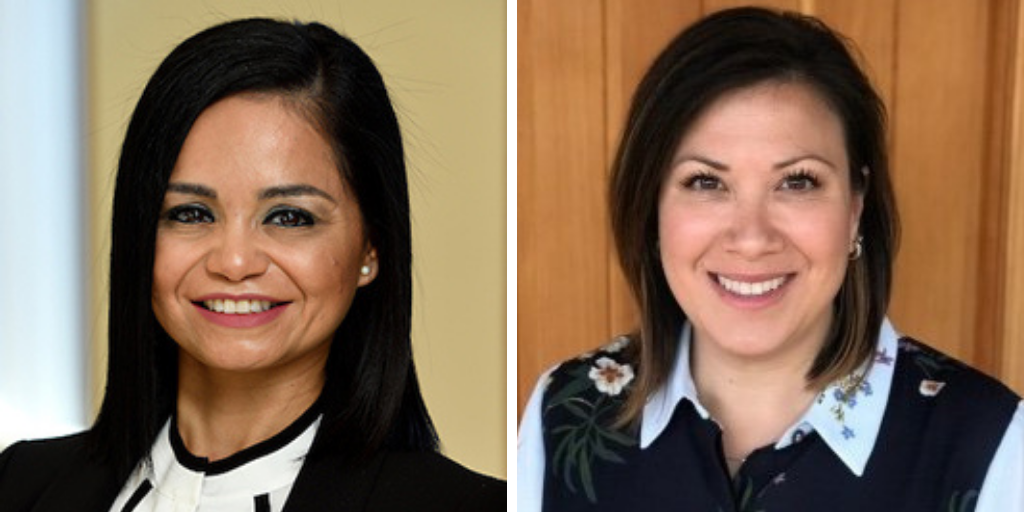
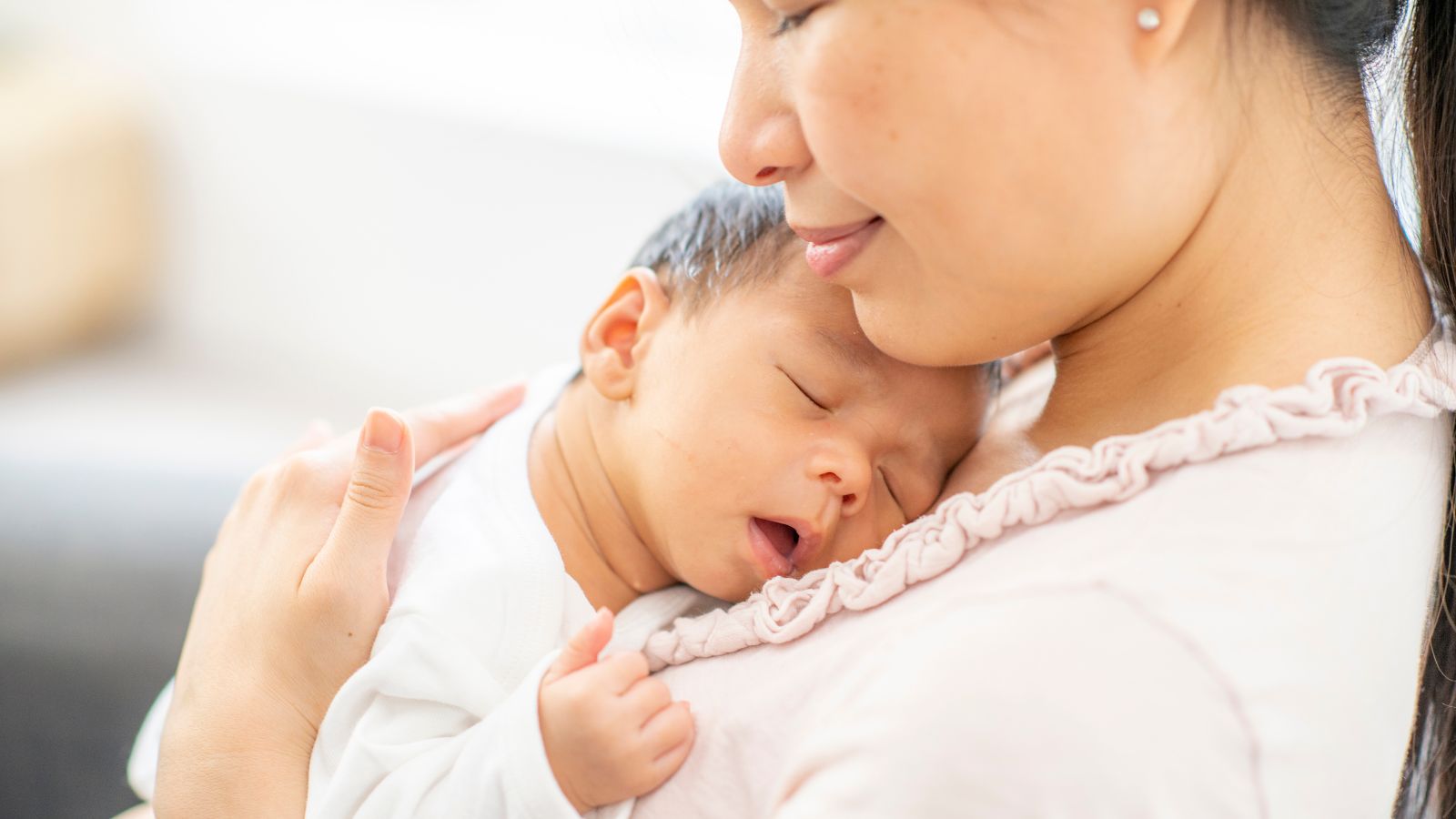 Most People Want to Breastfeed, But Need More Support To Do So
Most People Want to Breastfeed, But Need More Support To Do So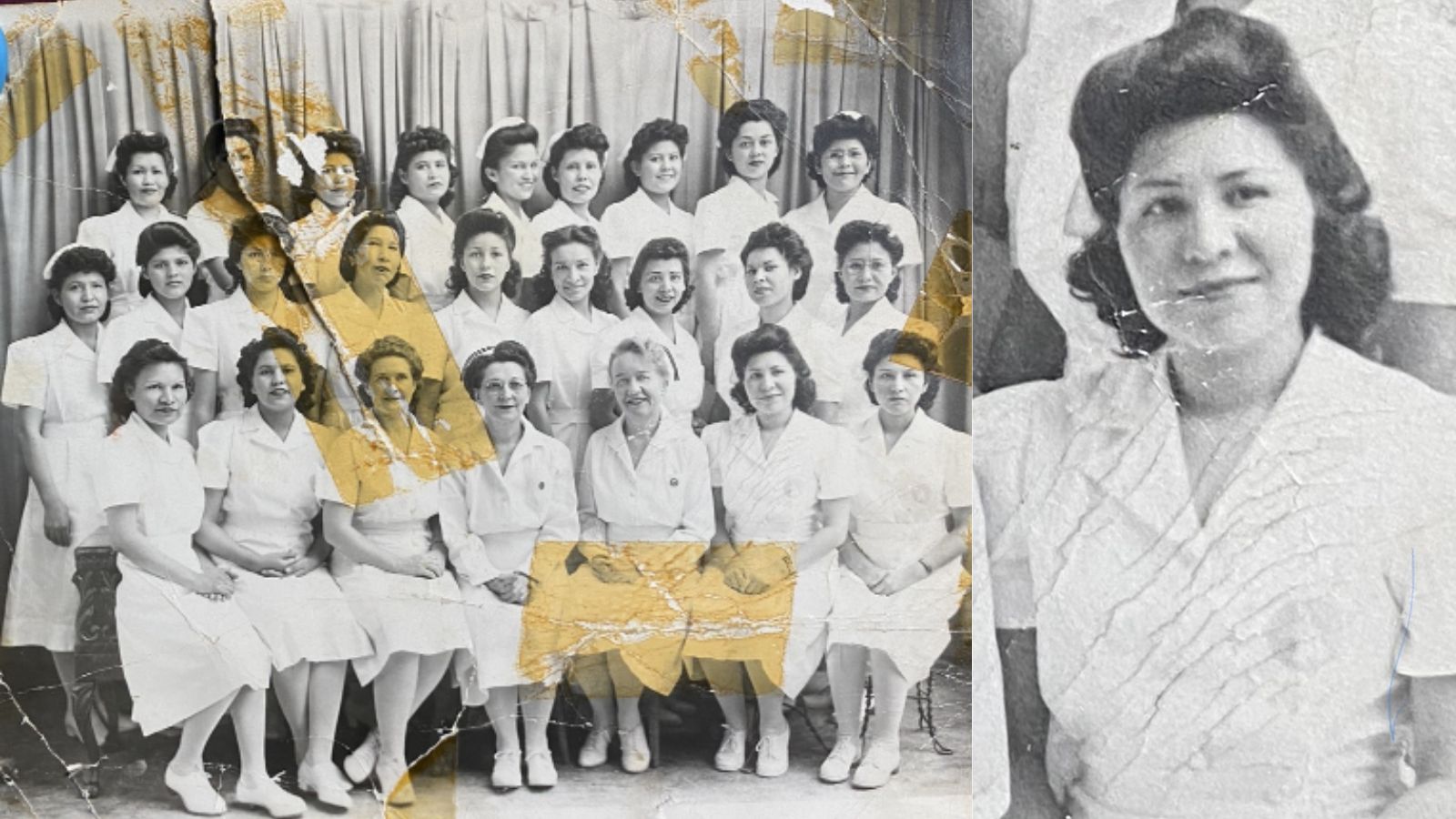 Louise Three Stars Smith Turns 100, and Offers a Legacy of Healing for Native Nurses
Louise Three Stars Smith Turns 100, and Offers a Legacy of Healing for Native Nurses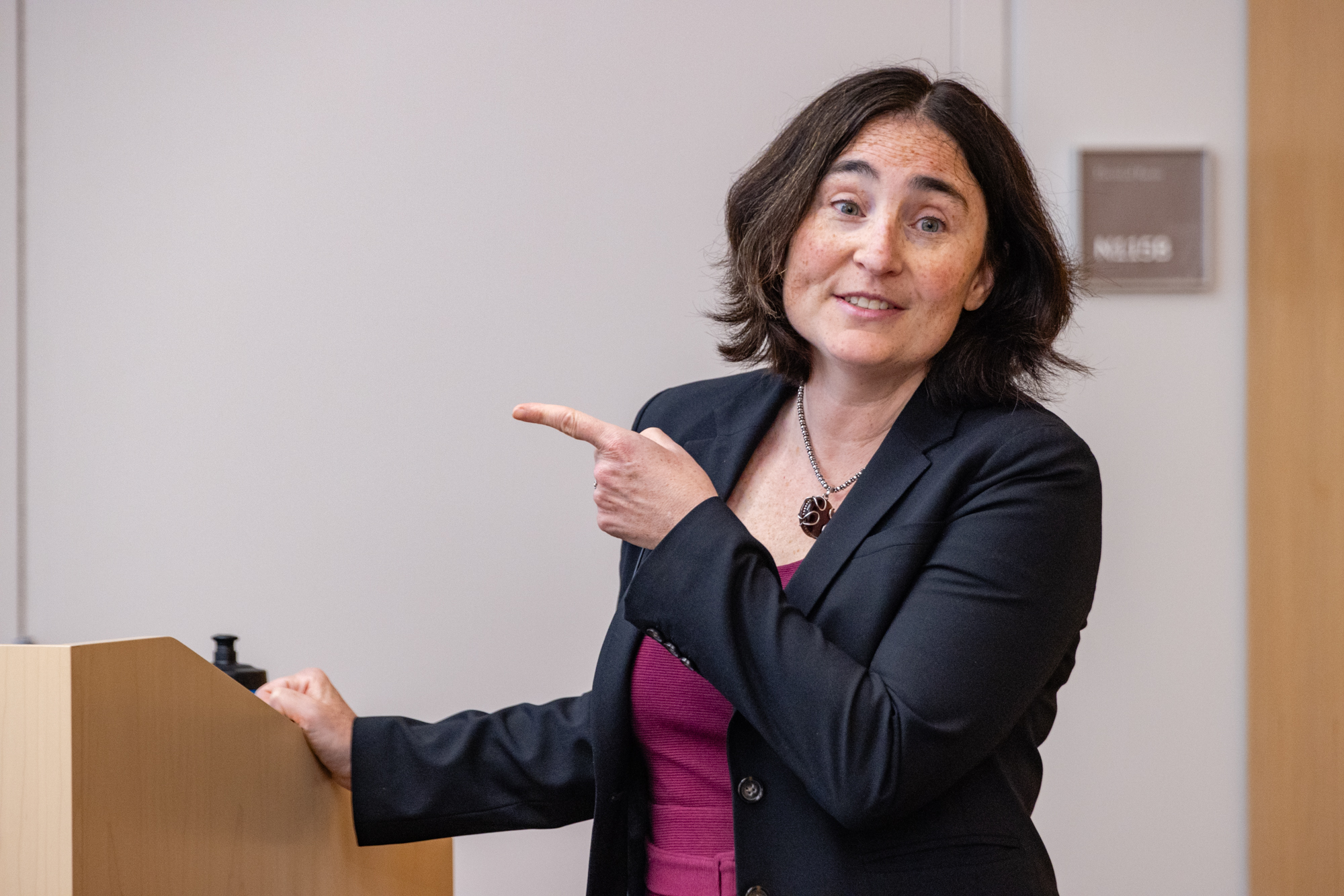 Class News Fall 2023
Class News Fall 2023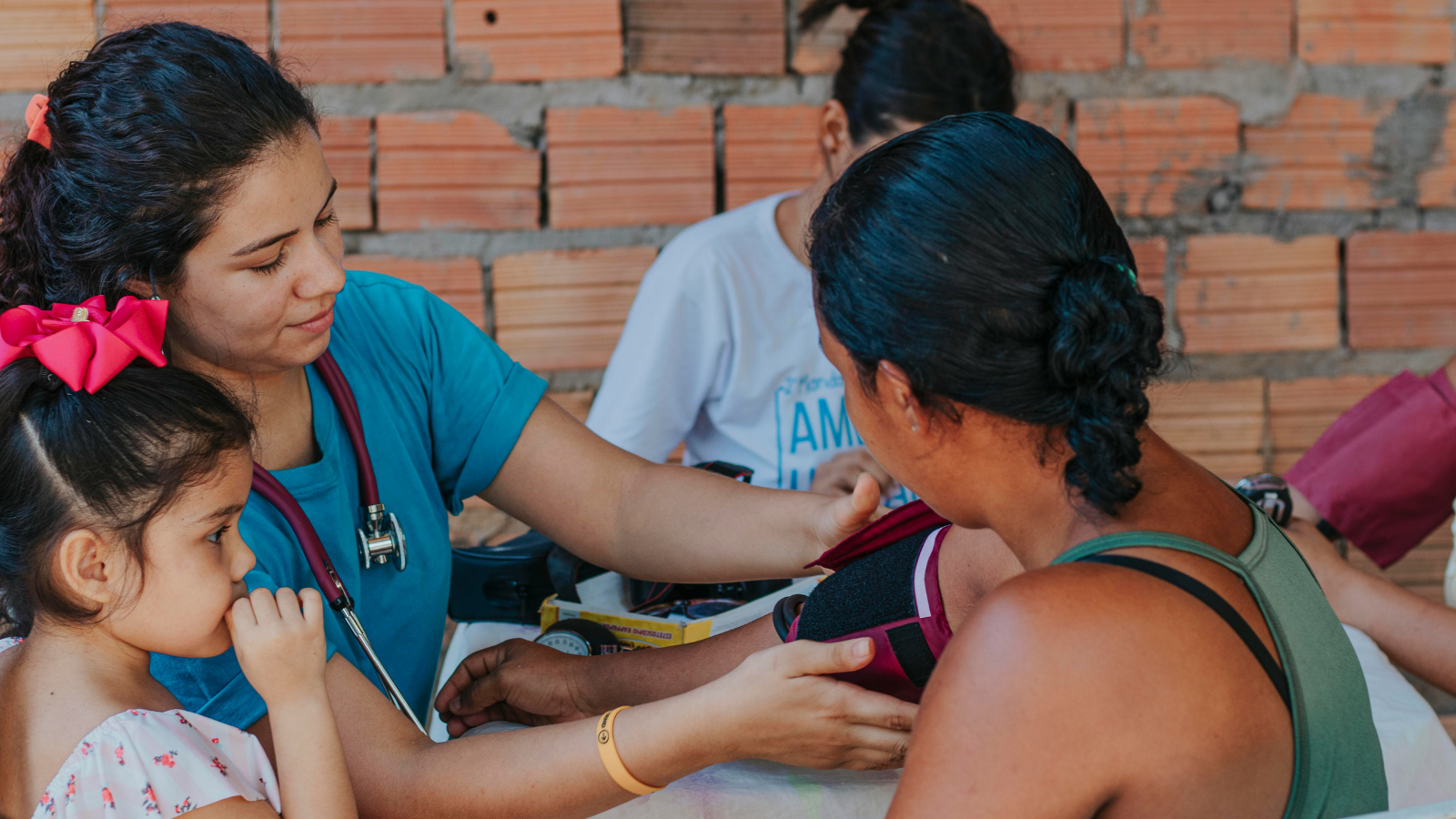 What Works: Community-Led Research Promotes Evidence-Based Strategies to Improve Indigenous Health by Championing Indigenous Nursing Practice
What Works: Community-Led Research Promotes Evidence-Based Strategies to Improve Indigenous Health by Championing Indigenous Nursing Practice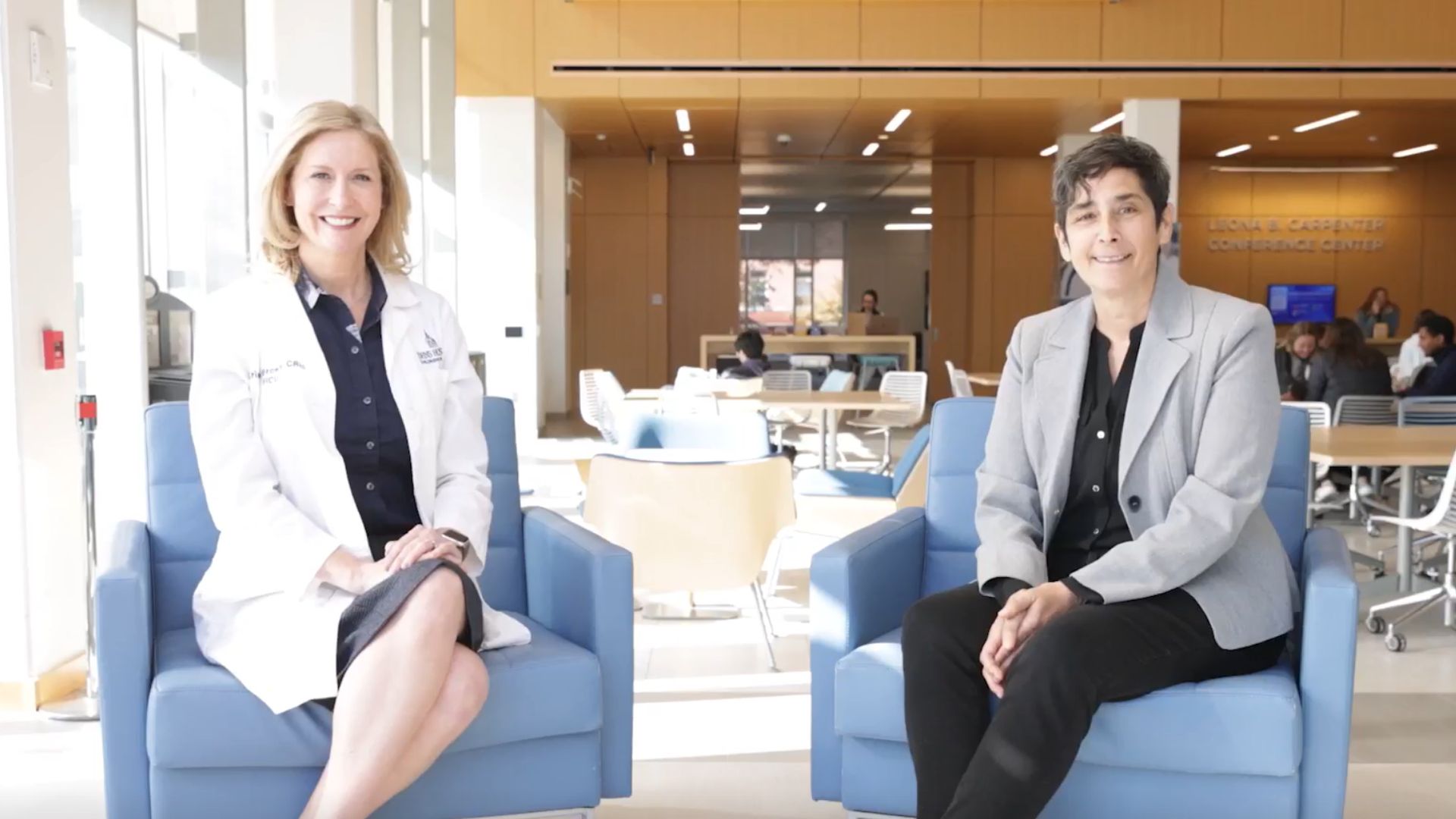 From Health at Home to ICU, Pediatric Nurse Practitioners Talk About the Care Continuum
From Health at Home to ICU, Pediatric Nurse Practitioners Talk About the Care Continuum







